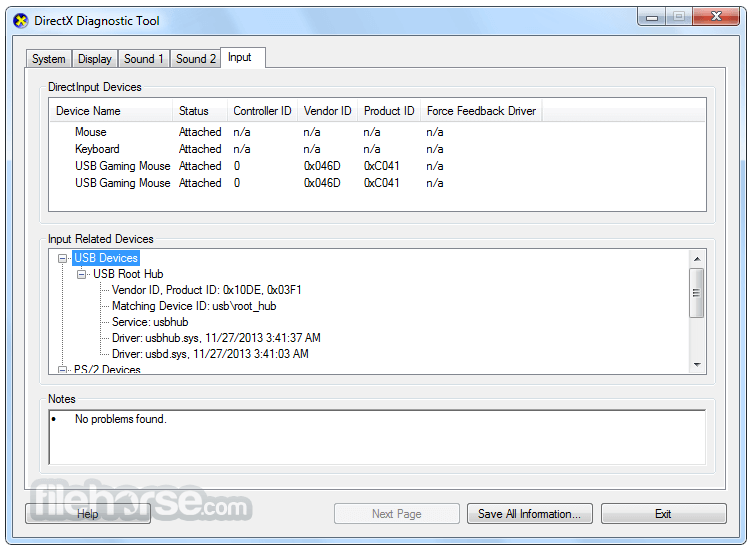

In that case, it is equivalent to the hardware executing the shader once per pixel (pixel-frequency), replicating the result to all covered samples.

If a pixel shader doesn't use any per-sample attributes, then it will compute the same value for each covered sample in a pixel.

To achieve this, all multisample semantics are defined as if the pixel shader always runs once per sample (sample-frequency), computing a separate color per sample. Multisample Anti-Aliasing - Multisampling has been enhanced to generalize coverage based transparency and make multisampling work more effectively with multi-pass rendering. Blending is also required for UNORM16/SNORM16/SNORM8 formats. (accuracy to 0.5 ULP for multiply, 1.0 ULP for reciprocal).įormats - The precision of float16 blending has increased to 0.5 ULP. This applies to addition, subtraction, and multiplication. Dual source blending operations are restricted to render target slot 0 you may not write to other outputs or have any render targets bound to slots other than slot 0.Ĭulling Behavior - Zero-area faces are automatically culled this affects wireframe rendering only.įloating Point Rules - Uses the same IEEE-754 rules for floating-point EXCEPT 32-bit floating point operations have been tightened to produce a result within 0.5 unit-last-place (0.5 ULP) of the infinitely precise result. Direct3D 10.1 extends the feature set of Direct3D 10.0 with the following new features:īlend Modes - Independent blend modes per render target using the new blend-state interface (see ID3D10BlendState1 Interface).


 0 kommentar(er)
0 kommentar(er)
